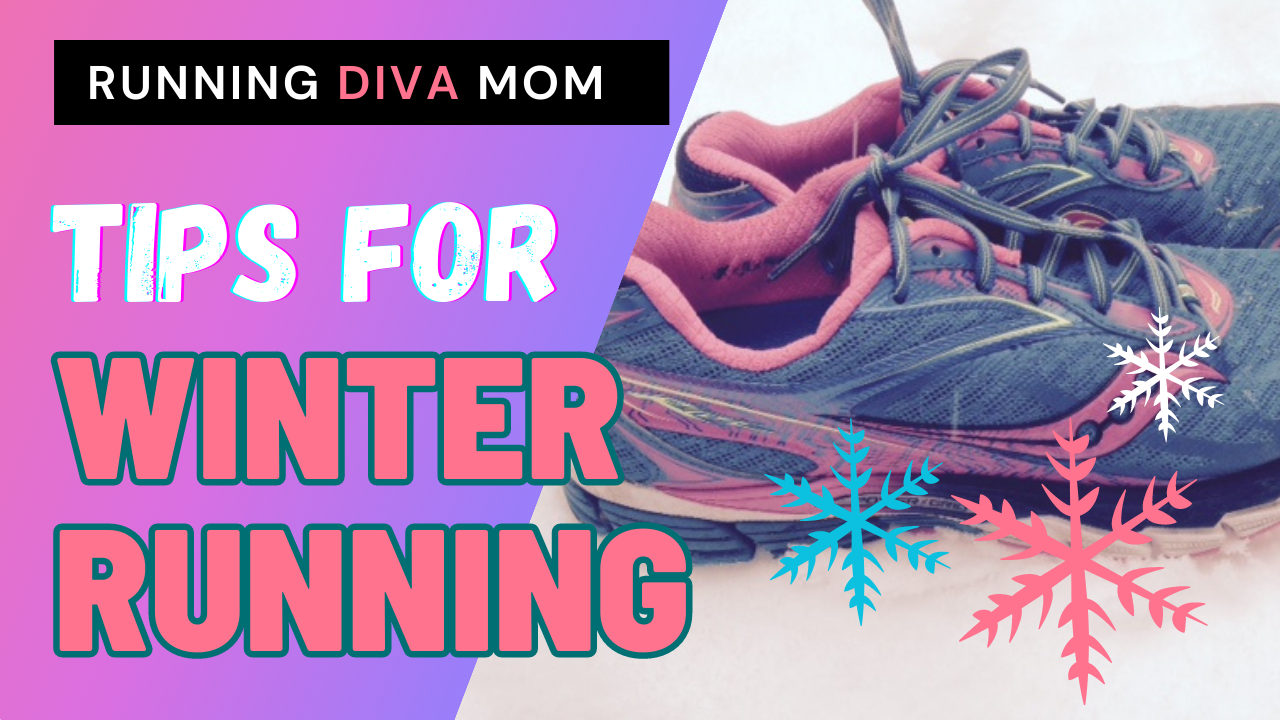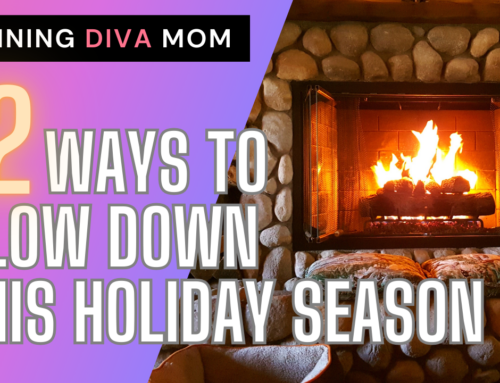- Complete a 10-15 minute full body warm up indoors before you run. Raise the body temperature to a “light sweat” and elevate the heart rate before you head out.
- Dress like it is 10-15 degrees warmer than the actual temperature. You will warm up quickly, after ten minutes or so.
- Dress in layers, with your top layer being a zipping layer.
- Your exterior jacket (zipping layer) should be wind and/or waterproof.
- An insulating layer should go on top of your base layer – fleece or something to keep you warm.
- The base layer should be a synthetic, wicking material. This will keep you both warm and dry, without adding extra bulk.
- Leggings or running tights should also be made of a wicking material. Check for fleece-lined wicking leggings for extra warmth, which will also keep sweat away from the body.
- Wear a hat or headband – thermal, fleece or lined will keep your head most comfortable.
- Gloves or mitten should be form-fitting. Also consider “throw away” $1 gloves, especially for racing, which you can discard or throw in your pockets after your limbs have warmed-up.
- Check your jacket and other layers for pockets. These can be especially handy to put in those extra small items (gloves, headband) as your limbs warm-up. It can also be a great, protective location to store your cell phone. Many cell phones are sensitive to hot and cold weather and will turn off during your most frigid runs. Whether you are taking your phone along for tunes or as a safety measure, your pocket can keep it running.
- Consider a facemask for those extra frigid days. If you get too warm, you can lower it around your neck or remove it.
- Avoid the “hoodie”, especially if you are going out for more than a couple of miles. These can really cause you to warm up too quickly and be extremely cumbersome to remove.
- If you are running from a remote location, keep an extra set of warm clothes for the upper body (shirt and jacket) and a dry pair of gloves and hat in your vehicle for your drive home.
- A light, protective layer of snow will help with your traction. But if you are running on layers of ice it can end your workout quickly. Consider investing in trail running shoes or shoes that have extra traction on them.
- You can also purchase Yaktrax (or a similar brand), a shoe covering that has metal or plastic spikes that cover your running shoes. I always use my last, worn shoes from the fall and keep my spikes on them all winter. Those become my “outdoor shoes” and I use a new pair for indoor running over the winter. The shoe coverings tend to wear-out the exterior of my shoes. And its less to have to do to prepare for your outdoor runs.
- Don’t forget to hydrate. Even though it’s chilly outside, still consider bringing water or sports drink along with you. Hydrate before, during and after your runs. Park fountains will be closed, so consider investing in a handheld water bottle or waist belt to hold your water and belongings. Check out my tips on hydrating for your run. Skip the extra ice and consider water that is at room temperature. Let your water bottle sit out a while before you head outside. And don’t be surprised if your water or your water bottle spout freezes up a bit during your run.
- Hydrate with some water while you are stretching indoors and have a warm beverage waiting to reward you while you cool-down.
- Complete a nice 10-15 minute indoor full body cool-down and stretching routine indoors after your run. Focus on the full body, especially the shoulders, neck and back that may be tight from especially frigid runs, if you were holding your arms and shoulders too high and tight.
- Give yourself some grace. You most likely aren’t going to be knocking out negative splits on snowy and icy trails this winter. Save your speed workouts for your short, indoor sessions on the treadmill. Give some of my treadmill workouts a try.Bring an extra bottle of ice water to drink while you are stretching after your workout
Tips for Winter Running Printable (PDF)






